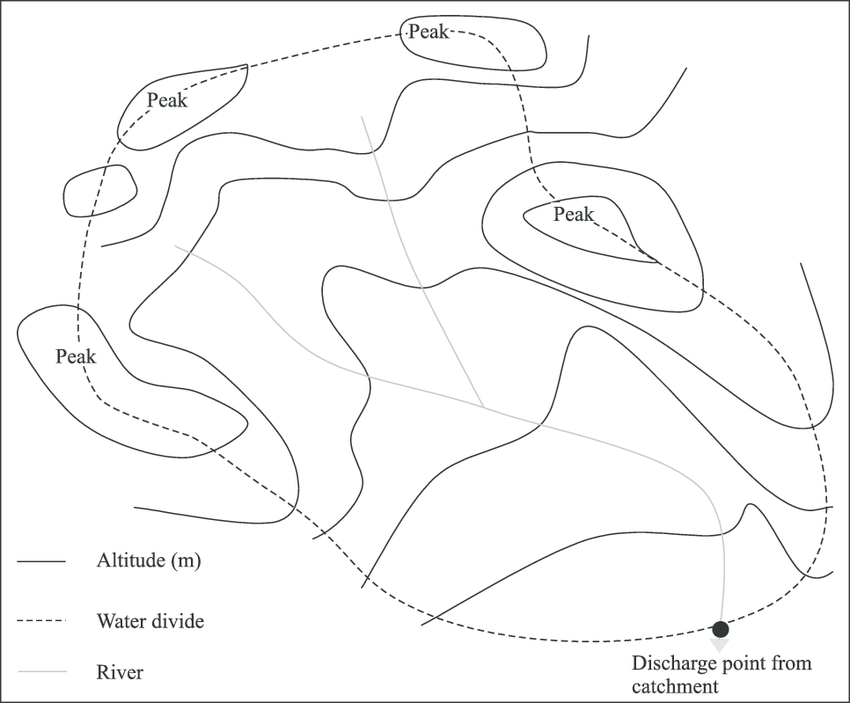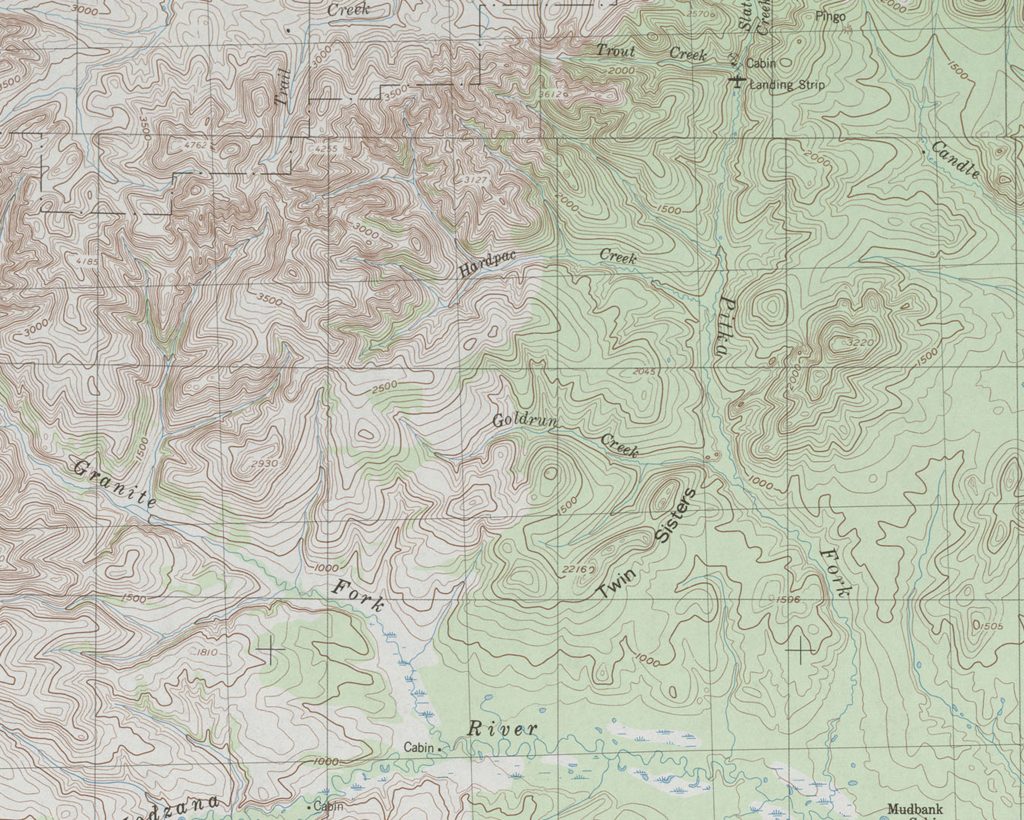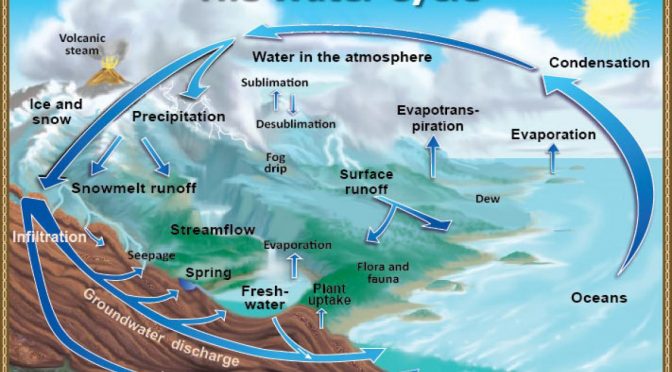Basic concepts of physical hydrometeorology
The goal of this unit is to help you develop apply the terminology of the elements of the water cycle, apply conservation of mass and budgets to effectively use data sources and tools in the great picture of forecasting hydrometeorological events.

After successful completion of this unit, students will be able to
- Identify and define the key features of the hydrologic cycle
- Explain basic hydrometeorological concepts
- Construct a watershed on a map
- Construct duration curves
- Describe the basic concept of the Accounting Budget Approach for hydrology
- Determine measurement error propagation
Student’s tasks
The following tasks have to carried out by Thursday 2359 Alaska time.
- Introduce yourself to your classmates on slack
- Read Dingman’s Chapter 1.3 to 1.4.3 and Chapter 1.6 to 1.10.3 included.
- Take notes (keywords are fine, I am not looking for a “novel” or summary of the material), and prepare to present the material.
- Have excel installed on your computer. OIT can help you with this. You will need excel to construct duration curves, and calculate error propagation.
- Fill out the questionnaire.
- Watch this worked problem
- Solve the tasks described in this Unit 1 Applications task sheet. For the second task (graduate students only) you will need to download the Unit 1 duration curve exercise excel sheet, which holds the data you need for the task. Undergraduate students: Download this map
 to solve the first task. Scan your solutions and give the scanned file your name and the unit number like NicoleMöldersUnit1.pdf and submit it to cmoelders@alaska.edu.
to solve the first task. Scan your solutions and give the scanned file your name and the unit number like NicoleMöldersUnit1.pdf and submit it to cmoelders@alaska.edu.
FAQ
Q: I find the book’s definition of a divide to be unclear.
A: See featured image (first one on this page) for a visual explanation. It’s like drawing by numbers. You start at the outlet of a river and look for the highest terrain points in increasing order. Once you can’t find a higher point anymore, you start again at the outlet and repeat the search. When you did it right, you should end up at the same point where you stopped when doing the other round. Task 2 in the problem sheet provides an exercise of it. Watch this movie to see how to do it.
Q: It is hard for me to believe that GWin is negligible in the (1.17) equation. I cannot come up with the image of that.
A: Watch the movie on the worked problem for an example.
© 2021 Nicole Moelders | All rights reserved
